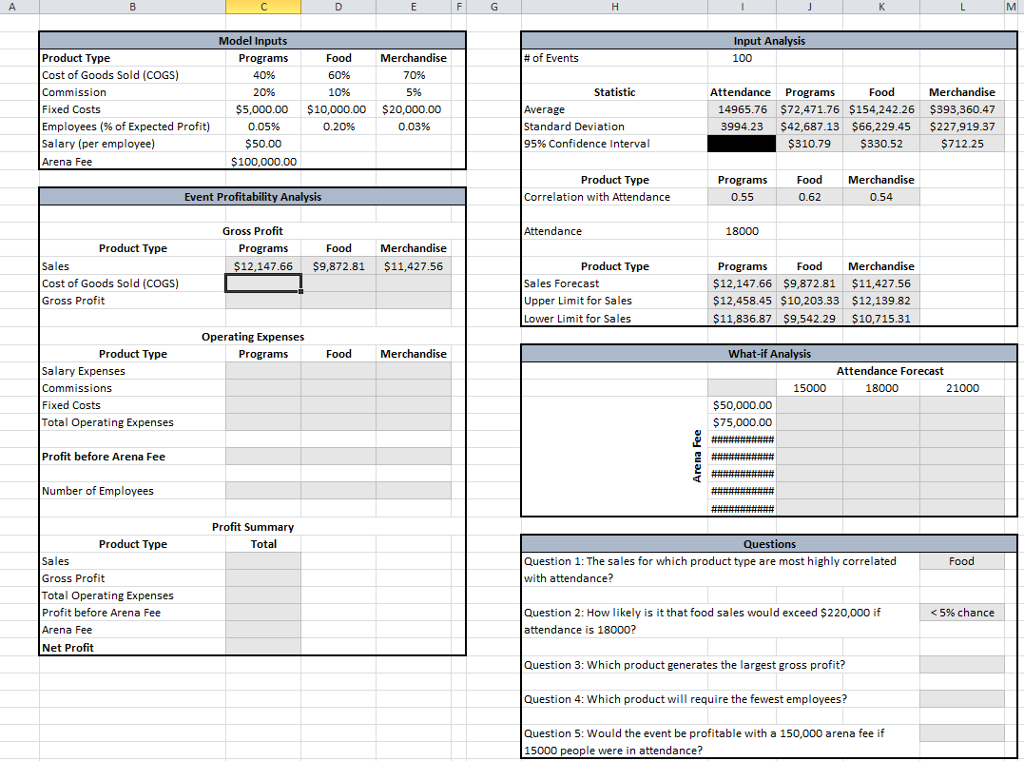

An Example of The Cost of Goods Sold Formula Now that you have all the information to calculate cost of goods sold, all there’s left to do is plug it into the COGS formula. Step 5: Plug It Into the Cost of Goods Sold Equation The ending inventory costs can also be reduced if any inventory is damaged, obsolete, or worthless.

It can be determined by taking a physical inventory of products or estimating that amount. The ending inventory is the cost of merchandise leftover in the current period. It’s important to keep track of the cost of shipment and manufacturing for each product, which adds to the inventory costs during the period. Step 3: Tally Up Items Added to Your InventoryĪfter determining your beginning inventory, you also have to account for any inventory purchases throughout the period. Keep in mind that your beginning inventory cost for that time period should be exactly the same as the ending inventory from the previous period. Beginning inventory is your merchandise, including raw materials, supplies, and finished and unfinished products that were not sold in the previous period. The beginning inventory will be the amount of inventory leftover from the previous time period, which could be a month, quarter, or year. Now it’s time to determine your beginning inventory. Indirect costs are not included in the COGS calculation. There can be fixed indirect costs, such as rent, and fluctuating costs, such as electricity.

They include the costs involved in maintaining and running the company. Indirect costs go beyond costs tied to the production of a product. These costs can fluctuate depending on the production level. Direct Costsĭirect costs are the costs tied to the production or purchase of a product. The first step is to differentiate the direct costs, which are included in the COGS calculation, from indirect costs, which are not. Whether you manufacture or resell products, the COGS formula allows you to deduct all of the costs associated with them. Here is how you do it: Step 1: Identify Direct and Indirect Costs Taking it one step at a time can help you understand the COGS formula and find the true cost behind the goods being sold. The extended COGS formula also accounts for returns, allowances, discounts, and freight charges, but we’re sticking to the basics in this explanation. Then add in the new inventory purchased during that period and subtract the ending inventory - meaning the inventory leftover at the end for your accounting period. To calculate cost of goods sold, you have to determine your beginning inventory - meaning your merchandise, including raw materials and supplies, for instance - at the beginning of your accounting period. Here is a simple breakdown of the cost of goods sold formula: COGS = beginning inventory + purchases during the period – ending inventory It’s a straightforward calculation that accounts for the beginning and ending inventory, and purchases during the accounting period. You can do that by using the cost of goods sold formula. When selling a product, you need to understand the production costs associated with it in a given period, which could be a month, quarter, or year. However, it excludes indirect expenses such as distribution and sales force costs. It includes the cost of materials and labor directly related to that good. What Is Cost of Goods Sold?Ĭost of goods sold is the cost of producing the goods sold by a company.
COST OF REVENUE VS COGS HOW TO
Whether you fancy yourself as a business owner or a consumer or both, understanding how to calculate cost of goods sold can help you feel more informed about the products you’re purchasing - or producing. Beyond calculating the costs to produce a good, the COGS formula can also unveil profits for an accounting period, if price changes are necessary, or whether you need to cut down on production costs. That’s where the cost of goods sold (COGS) formula comes in. It accounts for the cost of materials and labor directly related to that good and for a designated accounting period.Īs a company selling products, you need to know the costs of creating those products. Cost of goods sold (COGS) is the cost of producing the goods sold by a company.


 0 kommentar(er)
0 kommentar(er)
